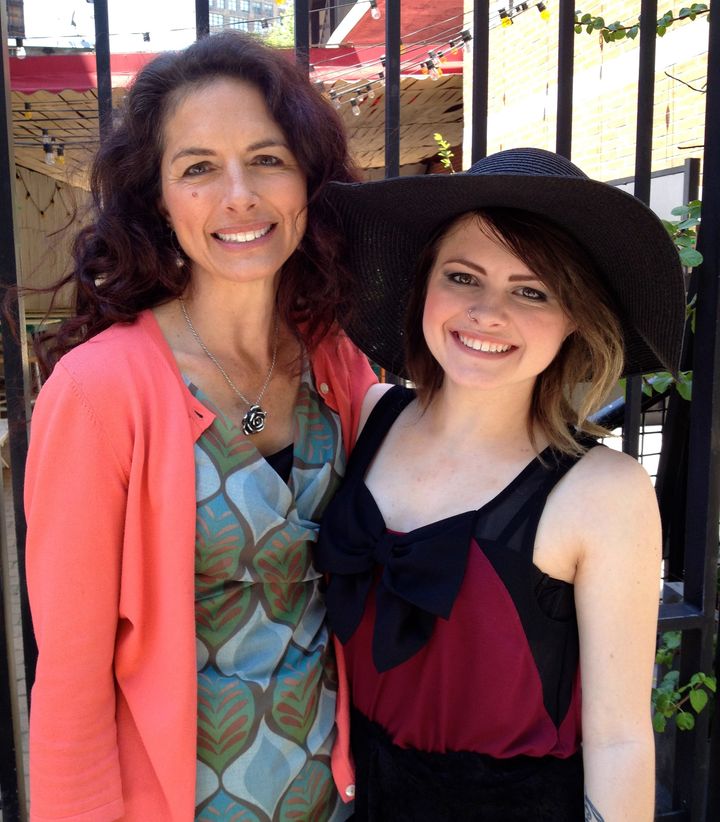Benefit # 26 (of 71) of the California Stem Cell Program: FIGHTING CYSTIC FIBROSIS
By Don C. Reed
Cystic Fibrosis (CF)...
Imagine a progressive disease of breathing problems so severe your only chance is a double lung transplant—requiring a person newly deceased and with previously approved permission to donate body parts—an operation you may not survive.
That’s just the beginning; also, there are digestive difficulties: your body can’t absorb enough nutrients, so that you are starving even as you eat.
Expect constant pain in your face: sinusitis.
Early osteoporosis (bone thinning) and liver disease.
Reproductive problems: in a male the vas deferens (tube-like connection between penis and testicles) is absent, so the sperm cannot travel. Women often have a difficult time getting pregnant.
As a side effect, you may get diabetes. (Hard to believe this is just one disease!)
To stay alive? You need respiratory therapy, two to six hours every day, no days off—and even so, you will almost certainly die young.
That’s Cystic Fibrosis.
In 2003, in the struggle to pass California’s stem cell initiative, Proposition 71, I heard a really excellent speaker talk about this nightmare disease. It struck home to me, because I had bronchitis as a child. When she described breathing through mucous-narrowed airways like sucking air through a straw, I understood that.
But Cystic Fibrosis is so much more.
In CF, thick heavy mucous clogs the lungs, so much you have to use a mechanical vest. This thumps the chest and helps dislodge the mucous so you can cough it up. Prior to the invention of the vest, you would have to rely on others to pound on your chest and back, two or three times a day.
A few days ago, when I was looking up information about CF, I ran across a speaker with an unusual name, Siri Vaeth... it was her, the excellent speaker!
Currently the Programs and Outreach Manager for an organization called the Cystic Fibrosis Research, Inc. (CFRI), Siri Vaeth was still doing what she had been doing then, advocating for patients.
For her, it was personal.
“My daughter Tess was diagnosed with cystic fibrosis in 1995 when she was five months old. In addition to her extreme failure to thrive, she developed pneumonia. I have feared for her survival ever since…
“(Because of lung infections) she has had multiple lengthy hospitalizations … five plus surgeries, and countless multi-week intravenous treatments.
“She takes nearly 50 pills a day, injects insulin to manage CF-related diabetes…and spends a minimum of two hours a day doing respiratory therapy.
“But she is a warrior, powering her way through the physical challenges, pursuing her life goals.”
As for her organization, Cystic Fibrosis Research Inc., Siri says it has been:
“a tremendous resource and…community for me since Tess’ diagnosis…We provide programs to the nationwide CF community. We fund innovative research, we advocate on…the state and federal level, providing educational conferences, podcasts and printed resources…counseling, support groups, Mindfulness-based Stress Reduction classes—we are small but mighty!”.—Siri Vaeth, personal communication
Want to know more? Click here,
Meet Matthew Porteus, a Stanford scientist funded by the California stem cell program:

On a CIRM grant, researcher Matthew Porteus of Stanford is fighting Cystic Fibrosis.
“Cystic Fibrosis (CF) is one of the most common genetic diseases in California. There is no curative therapy for CF, and patients spend a lifetime focusing on mitigating the symptoms…Moreover, (financial) costs of treating (even) a single CF patient are enormous…”—Matthew Porteus, Principal Investigator, Grant Number DISC2-09637, “Genome Editing to Correct Cystic Fibrosis Mutations in Airway Stem Cells”.
Porteus is attempting to correct the genes that have gone wrong in CF patients: first for one disease symptom, sinusitis, and then for a “Universal…correction for the other CF-causing mutations.”
It is crucial that such research go forward.
Sadly, Washington may let us down.
Consider the “Orphan Disease Act”, a beautiful legal provision which a Republican-controlled Washington may throw away.
For thirty years, Congress has offered a 50% tax exemption for research on cruel diseases like CF, also allowing the researchers to have exclusive rights to products developed for seven years. Without this financial incentive, companies are less likely to develop therapies for diseases that impact small numbers of people in the U.S..
Now, that incentive may be removed.
“The repeal of the orphan disease tax credit would be a major blow to the furtherance of treatments and cures for the rare disease community…Without new treatments the taxpayer will be putting out an immeasurable amount more in terms of hospitalizations, surgeries, and other needed treatments…”—Jacob Fraker, CFRI, Legislative and Government Affairs Analyst.
On December 2nd, the National Organization of Rare Diseases said:
“Today, the Senate voted to substantially diminish the Orphan Drug Tax Credit as part of its Tax Cuts and Jobs Act.
“It is difficult to put into words how gravely disappointed we are that the Senate has chosen to cut, nearly in half, a crucial incentive for rare disease drug development when 95 percent of rare diseases remain without one single treatment. The Senate version of the Tax Cuts and Jobs Act will now head into conference with the House of Representatives’ version, wherein the Orphan Drug Tax Credit is repealed entirely.
“While we are dismayed at the possibility that the Orphan Drug Tax Credit could be weakened, to have it repealed entirely would be absolutely devastating. Consequently, we will continue to make our voices heard on the importance of this life-saving credit. With over 200 patient organizations and the millions of Americans that comprise the rare disease community, we will continue to implore that Congress uphold the Senate’s version as it relates to this crucial incentive.”
Contact the National Organization of Rare Diseases (NORD) for free things you can do to help keep the research alive.
And check out the CFRI site, donate a couple bucks if you can. (I did!)
Finally, please take three minutes out of your life, and listen to this beautiful song, “Breathe”. Written by Matt Scales, who lost his battle with CF, “Breathe” should be a national anthem for all who suffer an “incurable” disease. There is one line I cannot hear without tears: “One day I’ll breathe, I’ll breathe, I’ll breathe like you, I’ll breathe, I will—I know the answer’s out there…” Just listen to it. “Breathe” belongs in a movie.
One of the people singing it? Tess Dunn, the daughter of Siri Vaeth.

Siri Vaeth and daughter singer/songwriter Tess Dunn
